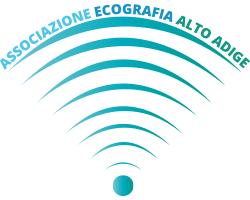Imaging of Carotid Plaque Neovascularization by Contrast-Enhanced Ultrasound and Dynamic Contrast-Enhanced Magnetic Resonance Imaging.
Carotid plaque neovascularization (vasa vasorum [VV]) may be useful for detecting high-risk atherosclerotic plaques. Contrast-enhanced ultrasound (CEUS) and dynamic contrast-enhanced magnetic resonance imaging (DCE-MRI) are 2 commonly used techniques for imaging VV of the carotid plaque, yet the relationship between their measurements remains unknown…
